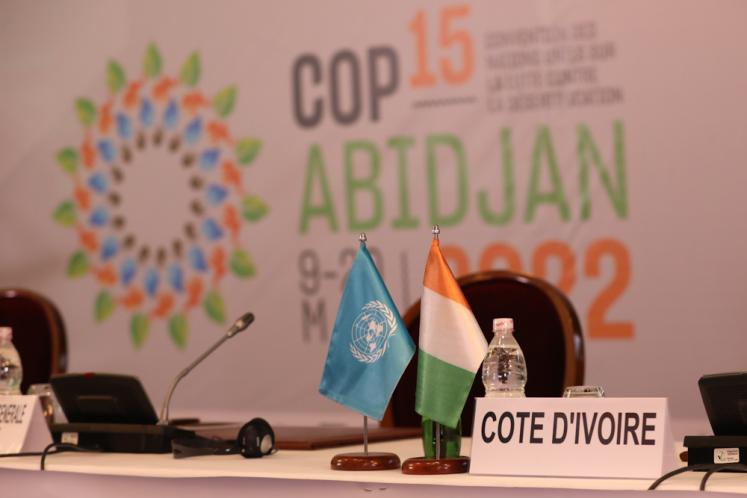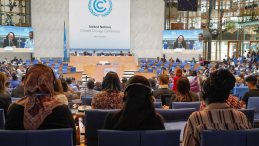Land degradation due to climate change and human activities is accelerating at an alarming rate. UN Secretary General Antonio Guterres perhaps put it best: “We depend on land for our survival. Yet, we treat it like dirt.” According to the United Nations Convention to Combat Desertification (UNCCD) nearly 40 per cent of Earth's land is already degraded. To address this challenge, every two years parties to the UNCCD meet to work on global efforts to combat desertification, land degradation and drought. The convention’s Conference of the Parties, also known as COP, is an important international body for raising ambitions to halt land degradation and for increasing drought resilience. Furthermore, actions to avoid, reduce or reverse land degradation are vital to combating other crises as well, such as climate change, disasters, and accelerating biodiversity loss.
Here are five things to know about the UNCCD COP:
UNCCD is one of the three Rio Conventions
The convention itself is rooted in a bit of UN history. UNCCD, along with the United Nations Framework Convention on Climate Change (UNFCCC) and the Convention of Biological Diversity (CBD) are outcomes of the 1992 Earth Summit held in Rio de Janeiro, hence the name “Rio Conventions.” The major conference was held to bring attention to the impacts of human activities on environment and development and the three conventions are a part of its legacy. Today there are 197 countries and the European Union who are party to the UNCCD.
UNCCD COP is the COP about land
The goal of the COP is to combat desertification, land degradation and drought. These three challenges are tackled together as they increase pressure on productive land and water resources, which undermine ecosystem and food production. In the same way that the UNFCCC Climate COP convenes to reduce carbon emissions, parties here meet to raise ambitions toward accelerating actions to reach the goal of Land Degradation Neutrality (LDN) and drought resilience. LDN itself is the goal to have no net loss of land from degradation by 2030. This means, while loss of land may occur, those losses are balanced out by land gains.
Land is crucial to our food systems, livelihoods and resilience
Land is a base for life. UNCCD COP brings crucial awareness to how much land really means to humans and how important it is to everything we do. We depend on land to grow food, to secure livelihoods and to protect us from hazards. Therefore, our own well-being is intertwined with the health of land.
Healthy land is also part of the solutions to our global issues
Everything happens on land and the solutions to the challenges we face inevitably involve how we interact with land. Sustainable land management, for instance, can not only prevent degradation but can also restore soil fertility, secure resources and sustain and enhance biodiversity in the long run. Similarly, land-based interventions, including ecosystem-based approaches such as watershed restoration, offer benefits to people through food and water security but are also crucial to keeping ecosystems healthy and productive. On top of that, achieving Land Degradation-Neutrality (LDN) would ensure that we do not lose more land than we can protect so that we maintain healthy and productive land.
UNCCD COP is a bridge to all three COPs
The challenges that all three COPs are trying to combat are firmly linked, and land degradation is a critical connecting factor. Land degradation greatly contributes to greenhouse gas emissions, for example. Similarly, the deterioration of land and ecosystems significantly contributes to the biodiversity crisis. Without integrating the goals of land restoration and sustainable land management with those of climate and biodiversity, actions face the risk of being inefficient or even detrimental. Though some mechanisms to align the goals exist, greater effort is needed. Every other year all three COPs occur in sequence, which provides an opportunity to do so. A new initiative called the Rio Trio Initiative, launched by all three COP presidencies in 2024, seeks to do just that by calling for coordinated action and alignment of work between the three COPs.





